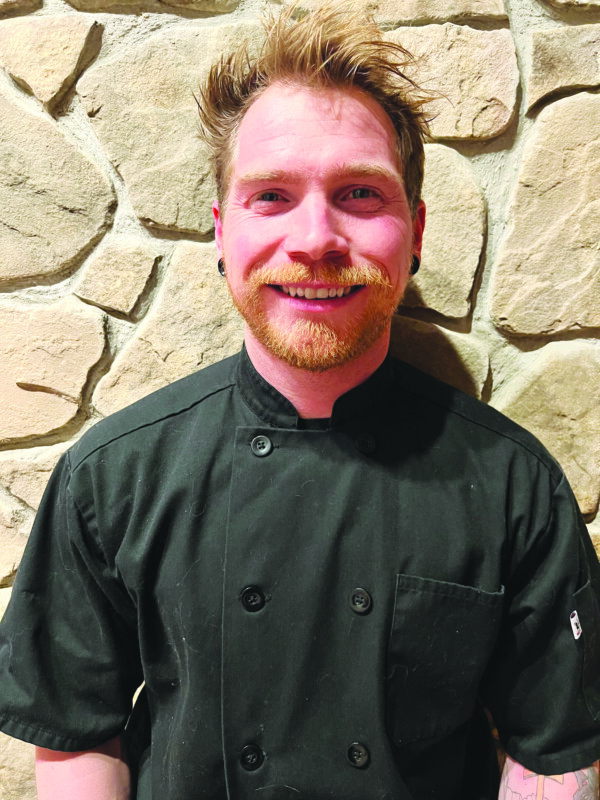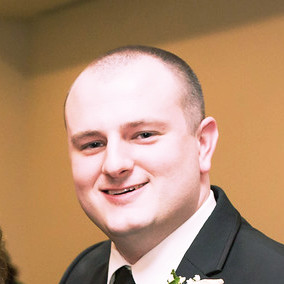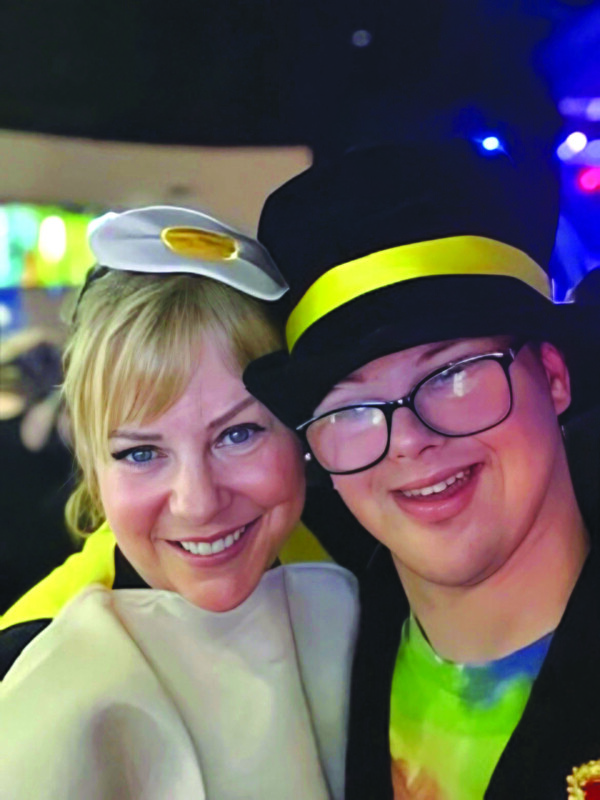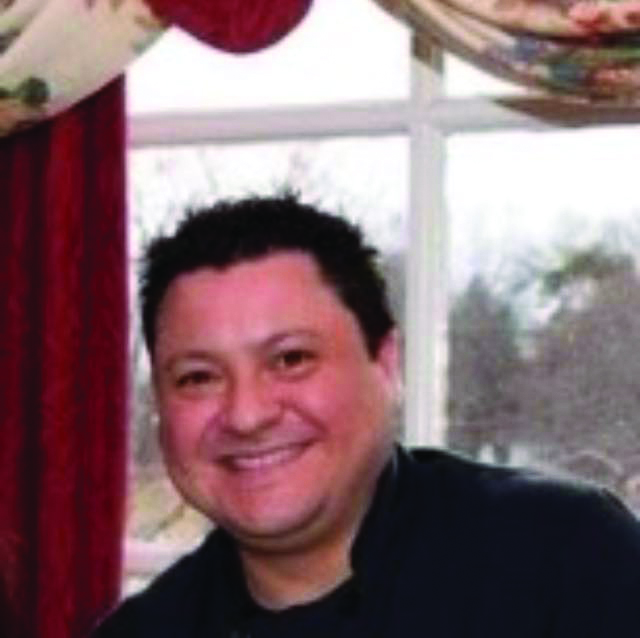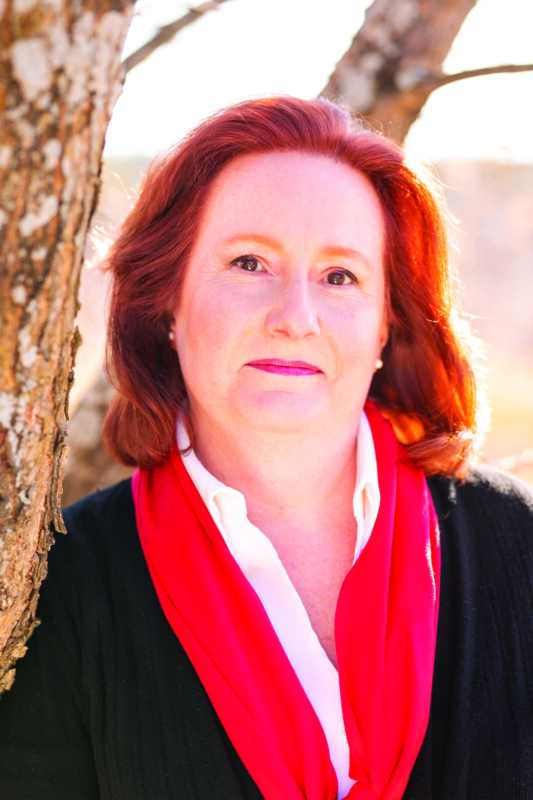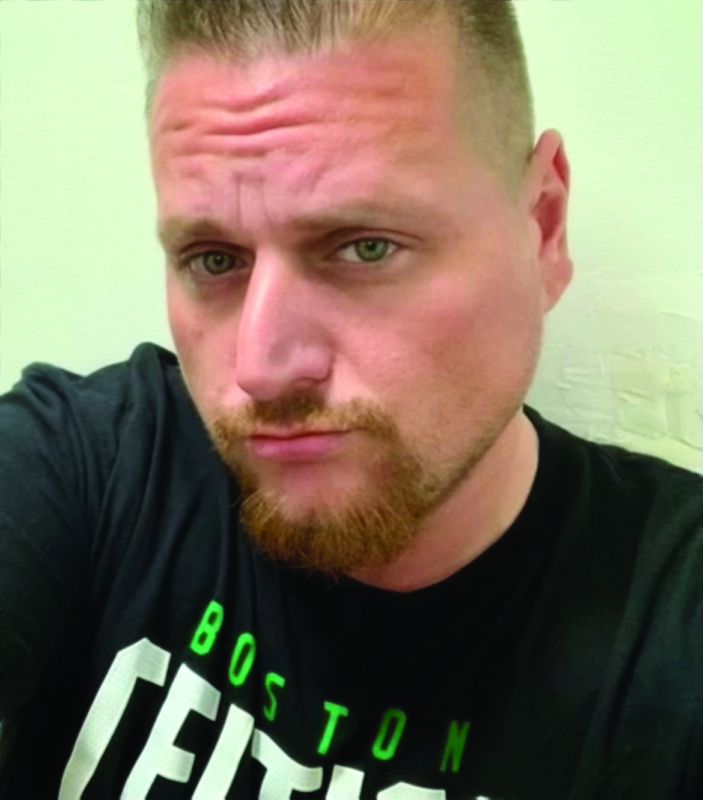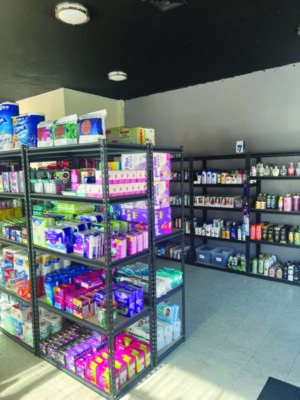Dylan Richardson of Henniker is the owner of Let’s Get Cupcaked (letsgetcupcaked.com, and on Facebook and Instagram), a home business specializing in hand-crafted cupcakes in a variety of flavors, in addition to some special-order cakes and other desserts. Cupcake flavors have included everything from carrot cake and chocolate peanut butter to Oreo, German chocolate, maple bacon and more. Gluten-free and dairy-free cupcakes are also available upon request. Earlier this year Richardson began holding cupcake pop-ups at Henniker Brewing Co. (129 Centervale Road), where he’ll usually offer a rotating menu of homemade cupcake flavors. He also recently participated in a beer flight and cupcake pairing at Rockingham Brewing Co. in Derry. Future pop-ups and other appearances are regularly posted to the Let’s Get Cupcaked Facebook page.
What is your must-have kitchen item?
In-hand, it’s my rubber spatula. Those are the most versatile and useful things. … I always feel that a good music playlist is a must-have. I just feel like if you’re a happy baker, then you have happy cakes.
What would you have for your last meal?
A Buffalo chicken mac and cheese pizza. It hits every spot that you can think of. … If we’re talking dessert, it would be a slice of cherry pie and a cup of black coffee.
What is your favorite local restaurant?
Every Friday my fiancee and I have date night and we always like to go to Strange Brew [Tavern] in Manchester. … Great food and live music, and it’s just a fun place to hang out and soak in the atmosphere.
What celebrity would you like to see trying one of your cupcakes?
That’s a no-brainer. Paul Hollywood, for sure. The Great British Bake Off is one of my favorite shows. It really kind of sparks my interest in trying new things, and just gets me out of my comfort zone with baking.
What is your favorite cupcake flavor that you offer?
Oddly enough, my carrot cake is really well-received. I don’t know why. … I actually wasn’t a big fan of carrot cake when I was younger, but I’ve really fallen in love with my carrot cake recipe, and everyone seems to really enjoy it too.
What is the biggest food trend in New Hampshire right now?
I mean, it’s definitely been around as a trend for a couple of years now, but I’d say that food trucks are still going strong. You see them at breweries, at craft fairs and local food marts and all that kind of stuff.
What is your favorite thing to make at home?
When I was a kid, my grandmother would always make cherry cheesecakes in these little muffin tins. Every time we would go over to her house, those were there. … And so, I’ve adapted that recipe, and it’s a nice easy little snack that lasts for a week in the fridge.
Chocolate peanut butter cupcakes
From the kitchen of Dylan Richardson of Let’s Get Cupcaked
¾ cup all purpose flour
½ cup unsweetened natural cocoa powder
¾ teaspoon baking powder
½ teaspoon baking soda
¼ teaspoon salt
2 large room-temperature eggs
½ cup granulated sugar
½ cup packed light brown sugar
⅓ cup vegetable oil
2 teaspoons vanilla extract
½ cup room temperature buttermilk
Preheat the oven to 350 degrees. While the oven is preheating, mix the wet ingredients and dry ingredients in separate bowls. Pour your dry ingredients into your wet ingredients and mix on a low to medium speed (do not over mix, or your cakes will be light and fluffy). Fill cupcake liners about two-thirds full with cupcake mixture and place in the oven. Bake for 15 minutes, or until you can pull a toothpick out of the cake without residue on it. Cool, using a cooling rack for the best results, and so they don’t over bake in the warm tray. Frost only when cool.
For the peanut butter buttercream:
1 cup unsalted butter (soft)
3 ½ cups confectioners sugar
3 Tablespoons heavy cream
¼ teaspoon salt
2 teaspoons vanilla extract
⅓ cup peanut butter
Place butter into a mixing bowl and mix until creamy (no lumps). Adding one cup at a time, place confectioners sugar into the bowl and mix thoroughly. Mix in the heavy cream, salt, vanilla extract and peanut butter, on high speed until fluffy. (Optional: add extra peanut butter or confectioners sugar to the mixture to achieve desired flavor and consistency). Top buttercream onto the cupcake. For extra flavor and aesthetic, finish with shavings of Baker’s chocolate bar.
Featured photo: Dylan Richardson of Let’s Get Cupcaked. Courtesy photo.

